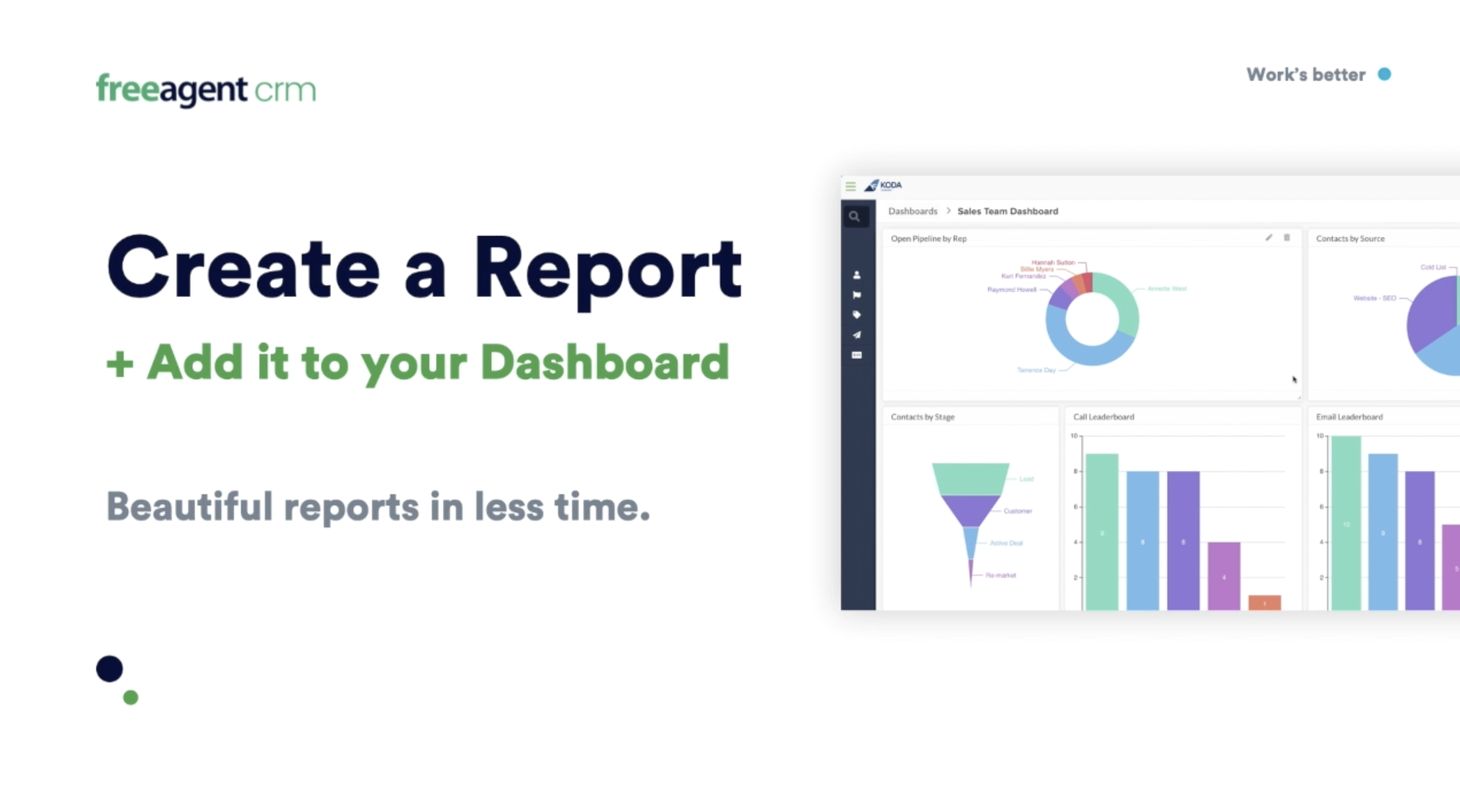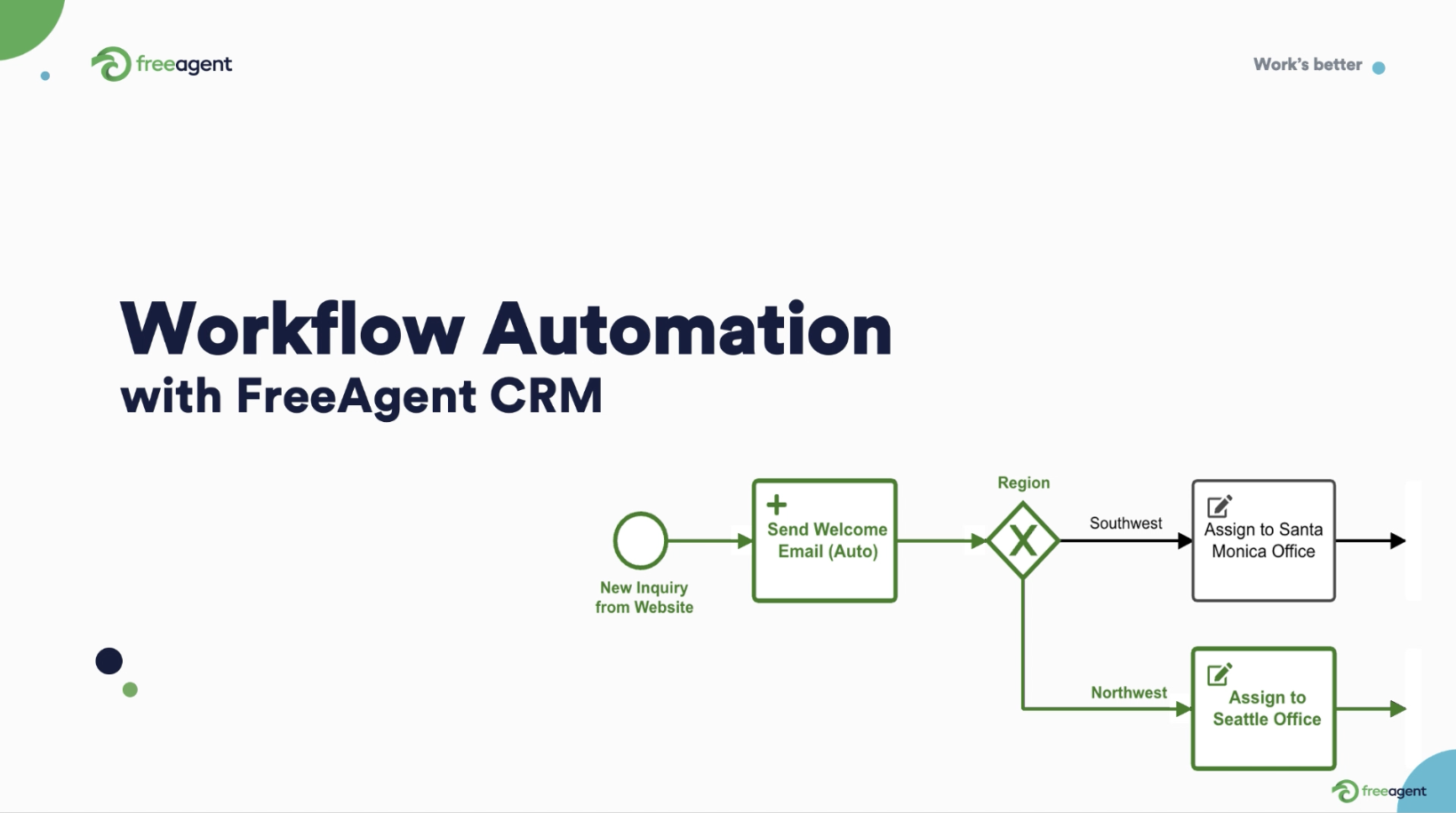When it comes to getting the most ROI out of a CRM platform, a well-executed CRM implementation process is the first step on the road to success.
Yet, according to research by the Merkle Group, 63% of CRM implementations fail. There are several reasons for this, including:
- Unclear objectives
- Resistance to change
- Lack of executive buy-in
- Selecting the wrong CRM vendor
Fortunately, all of these challenges can be overcome with a clear and defined CRM implementation plan.
What is CRM?
A CRM system (customer relationship management) is a software toolset that assists businesses with the day-to-day management of their people (customers and employees), work processes, products, and projects.
Once thought of primarily as a tool for the sales team, CRM has evolved to address the needs of many different business aspects, including marketing, customer service, and HR.
Through the use of advanced automation tools and data centralization, CRM software can help businesses improve communication (both internal and external), work more efficiently, and track performance.
6 steps to ensure a successful CRM implementation
The number one reason a CRM implementation fails is a lack of planning. The following 6 steps can be used to create a roadmap for your CRM implementation process that will ensure you and your team hit the ground running while also preparing the groundwork for future CRM expansion and growth.


1. Assessing your pain points
Assessing your pain points is the first step in finding the right CRM solution for your business.
- Conduct a business process review- CRM is a powerful toolset that is capable of impacting several key business areas, including your sales department, marketing team, and customer service efforts.
Before investing in a new CRM system, look at the areas you anticipate being affected and evaluate those areas in order to identify processes and procedures that can be improved and simplified.
Look for bottlenecks, inefficiencies, and redundancies that slow down progress and delay team members from doing their most meaningful work.
Additionally, consider areas where communication or data management could be improved and enhanced.
- Evaluate technology challenges- Consider the tools and software your organization is already using and assess the level of integration required between the new CRM system and those applications. Some examples of business tools you will want to look at include:
- ERP systems
- Email platforms
- Social media tools
- Marketing automation software
- Calendar and scheduling applications
Identify any challenges or limitations of these tools and consider how they could be replaced by CRM or enhanced through CRM integration.
- Gather feedback- As part of your business process review, it is important to seek input from as many people as possible.
This can be done through surveys, interviews, or focus groups but whatever method you choose, ensure that feedback is accepted without argument, judgment, or repercussions.
Try to gather feedback from employees from different departments, different roles, and different backgrounds so you can get a comprehensive understanding of the challenges your team faces every day.
2. Prioritizing your business goals
CRM software is capable of so many things that it can be tempting to want to implement it quickly and comprehensively in order to address every business challenge you face.
This is a mistake. As with any new business tool, you want to introduce CRM thoughtfully so as to limit disruptions and generate buy-in.
- Evaluate potential impacts- Evaluate the potential impacts of a CRM on different aspects of your business. Consider factors such as:
- Process efficiency
- Revenue generation
- Customer satisfaction
Also consider negative impacts such as hours spent importing and exporting data, time spent training, and the upfront cost of the CRM.
A proper impact assessment can help you create a strategy to introduce the CRM implementation project and help you anticipate challenges that may arise.
- Select teams and departments- Implementing a CRM is a big undertaking and it is best to do so gradually. Introducing a CRM one department at a time is a good way to reduce disruption while also allowing the CRM’s ROI to inform future investment.
Identify which department(s) or team(s) you want to start with based on the impact evaluations you did earlier.
The sales team is a great place to start as many of the tools CRM provides are designed to improve sales processes and sales results are directly reflected in revenue generation.
- Determine what success looks like- There are many factors that can play into whether a CRM implementation is successful or not, but having a clear idea of what success looks like can help you measure the effectiveness of the CRM system and its impact on your overall business goals.
Clearly defined success criteria often involve quantifiable metrics that can be measured objectively such as:
- Sales win rates
- First response time
- Activity rates (calls/day)
- Customer retention rates
- Opportunity conversion rates
Success criteria should also include assessments of user adoption, employee satisfaction, and data quality and accessibility.


3. Selecting the right CRM
You might think selecting the right CRM would be the first step on this list, but identifying your needs and prioritizing your goals are the best ways to ensure you find a CRM that will meet your needs.
- Do your research- Researching and evaluating CRM software can be challenging because many CRM vendors keep valuable information closely guarded. Many don’t even have accessible pricing estimates.
As a general rule, if a CRM makes information difficult to find, move on to a vendor that has less to hide.
When researching a CRM, consider factors such as:
- Ease of use: How many admins do you need to manage the CRM?
- Integration: Is the CRM compatible with your existing tech stack?
- Scalability: How easy/expensive is it to add new users or features?
- Customer support: How fast/easy/expensive is it to resolve an issue?
It is important to choose a CRM solution that meets your current needs and can also grow with your business.
- Security and compliance- Security and regulatory compliance needs will vary by industry, but finding a CRM that offers robust and flexible data management capabilities is a must for any business.
Features like data encryption, role-based access controls, and regular backups are essential for protecting sensitive information.
For companies in healthcare or other highly regulated industries, additional compliance requirements such as those imposed by HIPPA (Health Insurance Portability and Accountability Act — in the US) or GDPR (General Data Protection Regulation — in Europe) add another layer of complexity.
For more information on finding a HIPAA-compliant CRM solution, check out our HIPAA-Compliant CRM Software Guide.
- Cost- Evaluating the total cost of a CRM is tricky because many CRM vendors don’t openly disclose that information.
Furthermore, hidden costs such as licensing fees, implementation fees, training expenses, and customer support costs can all blow your budget up and slow your progress toward ROI.
When researching a CRM, look for a vendor that includes pricing on their website with a complete list of add-on costs. In the first meeting, don’t hesitate to ask about customer support costs and implementation fees.
Additionally, avoid vendors whose pricing only becomes manageable at the highest tiers, as you will not reach this level of usage for some time.
4. Configuring your CRM
Modern CRM systems are customizable work management platforms that allow users to adapt the toolset to meet the unique needs of their business. Configurable forms and fields, automation rules, and advanced integration capabilities all combine to create a unique CRM experience.
Taking the time to customize your new CRM can increase adoption, speed up employee onboarding, and improve results across the board.
- Role-based access and permissions- The first step in configuring your CRM is defining user roles and setting permissions for those roles.
Customized user roles ensure that employees have easy access to the tools and information they need to perform their duties while maintaining strict security standards.
- Automations and workflow– Automation and workflow features allow you to streamline business processes and reduce manual or redundant work. You can automate repetitive actions, such as:
- Handoffs
- Approval requests
- Customer segmentation
- Lead creation and assignment
- Confirmation/welcome messages
When considering what business processes could be enhanced through automation, try to identify bottlenecks and inefficiencies — or tasks that must be performed again and again.
- Personalization- Personalization is a form of CRM customization that aims to create a unique and personalized experience for each CRM user.
For example, a sales rep may personalize their own interface, altering control functions to their liking and creating unique dashboards that reflect the status of deals they are working on.
Personalization is a great way to create a sense of ownership over the CRM experience which can lead to higher adoption rates and more consistent and proper use of the CRM.


5. Training your team
Investment in CRM training ensures that all team members are proficient in using the basic functionalities and features of the CRM. It is also a good idea at this stage to outline the best practices for data entry and system management.
- Selecting the right admins- When implementing CRM software, choosing the right CRM administrators may be the most important decision you make.
That is because your CRM administrator will have a huge impact on how your CRM system is used every day. Your CRM administrator will:
- Set your CRM strategy
- Help drive CRM adoption
- Ensure access and compliance
- Train out new business processes
- Organize your CRM to fit your unique business needs
- Be a key resource for the entire company regarding your CRM’s use
When choosing your CRM administrators, try to select people who enjoy learning new technology and have a good rapport with the rest of their team.
If you have multiple teams or departments using the CRM, make sure to select admins from among each team.
For more tips on choosing the right CRM administrators for your business, check out our article, Setup for Success: Selecting the Right CRM Administrator Makes All the Difference.
- Onboarding everyone else- Proper CRM training is tailored to the specific needs of different roles within your organization.
For example, sales teams may require training on lead management and opportunity tracking, while customer service teams may need to learn how to manage support tickets.
Customized training plans ensure that every member of your organization understands how to use the CRM to perform in their role and help prevent people from getting bogged down by the minutiae of the overall CRM implementation.
6. Growing your CRM usage
Even during the initial CRM implementation phase, strategic planning and thoughtful consideration should be given to expanding and growing your CRM usage over time. Having a plan for what departments and teams you want to onboard next can help you prepare materials, allocate resources, and plan your budget.
- Evaluate performance- Evaluate the performance of your CRM implementation project so far and assess its impact on your business and goals.
Establish and track KPIs (key performance indicators) related to CRM usage and regularly review these KPIs to evaluate the effectiveness of your CRM implementation and identify areas for improvement.
Some examples of CRM usage KPIs include:
- Activity metrics (calls/day, meetings/deal)
- User metrics (CRM login rate, CRM adoption rate)
- business cycle metrics (sale cycle length, pipeline velocity)
- Customer satisfaction metrics (customer churn rate, NPS score)
- Gather feedback and refine your training plan- Before introducing your CRM to other teams or departments, gather feedback from the team members currently using the CRM to see how they felt about your training and onboarding processes.
Try to identify common challenges, frustrations, resource gaps, and barriers to learning that can be addressed.
The more refined and customized your training plan, the faster new users can integrate the CRM into their daily routines.
FreeAgent CRM helps you get up and running fast
FreeAgent CRM is a modern work management platform that provides top-of-field software tools for healthcare organizations of all sizes and technical proficiency.
FreeAgent is the best healthcare CRM software for clinics because it is:
- Easy to use- FreeAgent’s modern user interface is quick to learn and easy to use, encouraging teams to work within the platform, driving up adoption and aligning your work processes.
- User-configurable- With FreeAgent, the power is in your hands. You can customize and personalize FreeAgent to fit the specific needs of your business and teams without external support.
- HIPAA-compliant- To demonstrate our commitment to ensuring all data captured and contained within the FreeAgent platform is safe and secure, FreeAgent CRM maintains HIPAA-compliance.
To learn more, see our article, FreeAgent Announces HIPAA-Compliance.
Plus, FreeAgent offers:
- Robust integration- FreeAgent’s flexible toolset and extensive integration library supports teams and businesses of all types and structures.
- Generative AI- Uplift your work with Generative AI-powered features. With FreeAgent, you can access AI across any app, allowing you to get the information you need faster.
With FreeAgent, it’s really that simple.
To see FreeAgent in action, get a demo, and discover for yourself how we are leading the way to a better workday.







